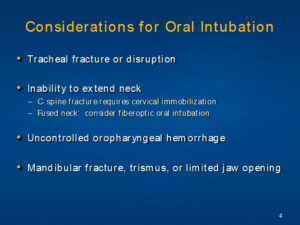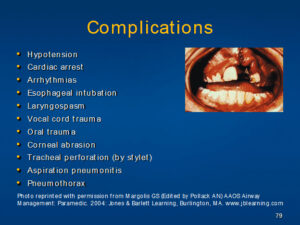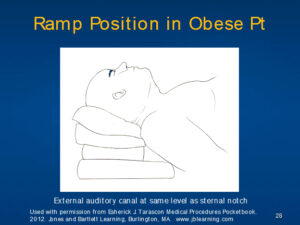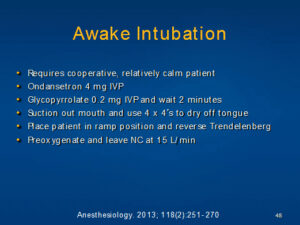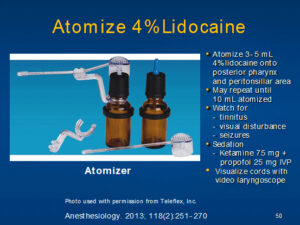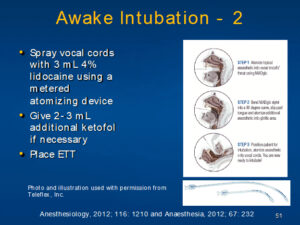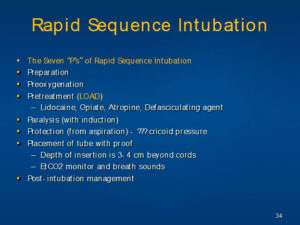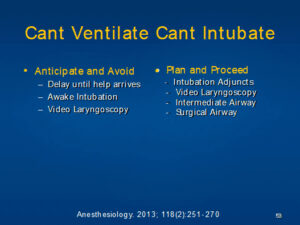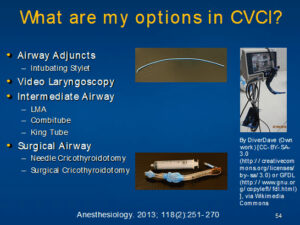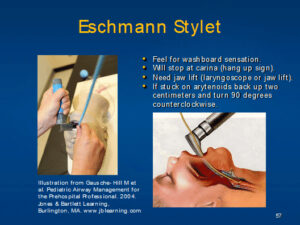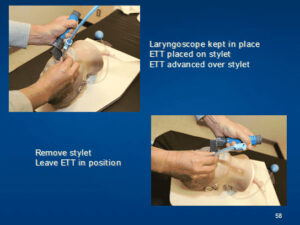Simulation Based Training Improves Airway Management SkillsJoseph Esherick, M.D., FAAFP, FHMSimulation-based procedural training has been shown to improve procedural competence, safety, operator confidence and most importantly patient safety for every bedside procedure studied. Now, a new systematic review and meta-analysis confirms that simulation-based training in airway management improves procedural competence with direct laryngoscopy, endotracheal intubation, video laryngoscopy, laryngeal mask airway insertion, and King tube airway insertion.[1]Simulation-based procedural training has been shown in prior studies to improve the procedural competence, procedural success rate, operator confidence, and patient safety for a number of procedures: central line placement, thoracentesis, lumbar puncture, and paracentesis.[2],[3],[4],[5],[6][7]This new meta-analysis analyzing the effect of simulation-based training on airway management skills included 76 studies and over 5,200 clinicians. The investigators found that simulation-based training compared with nonsimulation learning increased learner satisfaction (standardized mean difference 0.54), improved procedural skills (standardized mean difference 0.64), and improved patient outcomes (standardized mean difference 0.86). The knowledge of procedures was equal between the two groups.This is another study that demonstrates that simulation-based training is the best way to teach physicians and midlevel providers how to perform bedside procedures. Simulation-based training has consistently been proven to improve operator confidence, procedural success rate, and patient outcomes.


